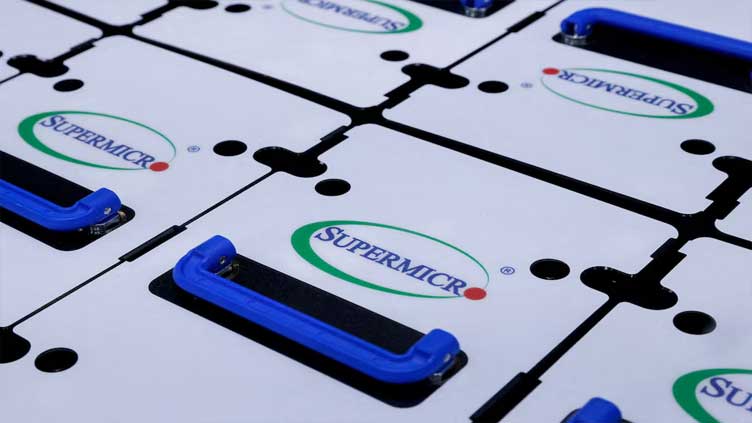Anthropic's Claude 3.5 Upgrades and API for Computer Navigation
Anthropic has introduced two new AI models, Claude 3.5 Sonnet and Claude 3.5 Haiku, alongside a groundbreaking computer-use capability in public beta. Claude 3.5 Sonnet, an upgraded version of its predecessor, shows marked improvements in coding and tool use, particularly in agentic tasks, outperforming many models in the market. This model, which developers can now access through the API, Amazon Bedrock, and Google Cloud’s Vertex AI, stands out for its application in complex, multi-step tasks across software development and web-based workflows. Meanwhile, the soon-to-be-released Claude 3.5 Haiku maintains the speed of Claude 3 while advancing its proficiency in tasks such as user-facing product development and data-driven personalized experiences, making it well-suited for scalable applications.
API for Computer Navigation
 The new public beta feature, allowing Claude 3.5 Sonnet to operate computers as a human would, marks a fundamental shift. Through the API, developers can direct Claude to complete tasks by interacting with screen elements like buttons, text fields, and navigation options, empowering automated processes and extensive software testing. Initial partners like Replit and The Browser Company are exploring these abilities, while safety measures, including classifiers to monitor potential misuse, aim to ensure responsible deployment. As this experimental technology develops, Anthropic is focused on rapid improvement and feedback integration, with further advances expected in the coming months.
The new public beta feature, allowing Claude 3.5 Sonnet to operate computers as a human would, marks a fundamental shift. Through the API, developers can direct Claude to complete tasks by interacting with screen elements like buttons, text fields, and navigation options, empowering automated processes and extensive software testing. Initial partners like Replit and The Browser Company are exploring these abilities, while safety measures, including classifiers to monitor potential misuse, aim to ensure responsible deployment. As this experimental technology develops, Anthropic is focused on rapid improvement and feedback integration, with further advances expected in the coming months.
For more information, visit Anthropic's website.
Supermicro Faces Setbacks in the AI Industry
Supermicro, a leading supplier in the AI industry, recently faced a significant setback when Ernst & Young resigned as its auditor, raising concerns in the market about the company’s financial integrity. The resignation letter cited distrust in Supermicro’s financial practices, intensifying scrutiny around the company. According to Liberty Times, which referenced Cailian Press, NVIDIA — a major Supermicro partner — has started redirecting orders to other suppliers like GIGABYTE and ASRock to minimize potential market disruptions. This shift has benefited Supermicro’s competitors, who are seeing a rise in new orders and customer inquiries.
 This recent turmoil adds to a series of challenges for Supermicro, following accusations by Hindenburg Research in August of accounting misconduct, undisclosed related-party transactions, and sanctions evasion, leading to a delay in filing its annual 10-K report. Additionally, the U.S. Department of Justice is investigating these allegations, which has compounded doubts about the company’s stability. Supermicro’s previously strong partnership with NVIDIA, which afforded them early access to critical GPU supplies, is now at risk.
This recent turmoil adds to a series of challenges for Supermicro, following accusations by Hindenburg Research in August of accounting misconduct, undisclosed related-party transactions, and sanctions evasion, leading to a delay in filing its annual 10-K report. Additionally, the U.S. Department of Justice is investigating these allegations, which has compounded doubts about the company’s stability. Supermicro’s previously strong partnership with NVIDIA, which afforded them early access to critical GPU supplies, is now at risk.
For further details, refer to Trendforce.
Challenges and Investments in the XR Industry
The XR industry, despite advancements, has yet to capture widespread mainstream appeal or profitability. Meta’s Quest headset has shown strong performance, but broader adoption of extended reality (XR) technologies remains slow. Companies like Vuzix are facing significant financial challenges; in 2024, Vuzix reported a 77% revenue drop year-over-year, primarily from reduced demand for its M400 smart glasses after a one-time order spike in Asia in 2023.
Meta and Vuzix, however, continue to invest heavily in XR, with Meta’s multibillion-dollar investments in Oculus and CTRL-labs underscoring its ambition to lead the next computing era, despite annual costs exceeding $10 billion. Apple, too, is navigating the evolving XR space with a renewed focus on wearables. Though its Vision Pro headset encountered limitations, the success of Meta’s Ray-Ban smart glasses has influenced Apple to revisit the potential of wearable AR glasses, aligning with broader industry trends toward more affordable and practical devices.
For related information, visit Digitimes.




















